Functional Ceramics
Domain Boundaries in Na0.5Bi0.5TiO3
Na0.5Bi0.5TiO3 is a ferroelectric which has potential uses as a lead-free piezoelectric material.
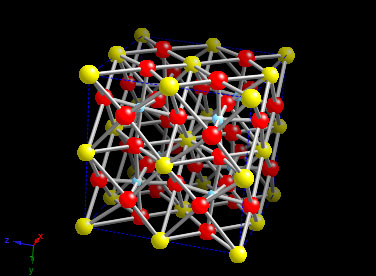
The breaking of symmetry when it is cooled from its cubic high temperature phase to the rhombohedral room temperature phase causes the material to form a variety of domains which are related by the lost symmetry elements.
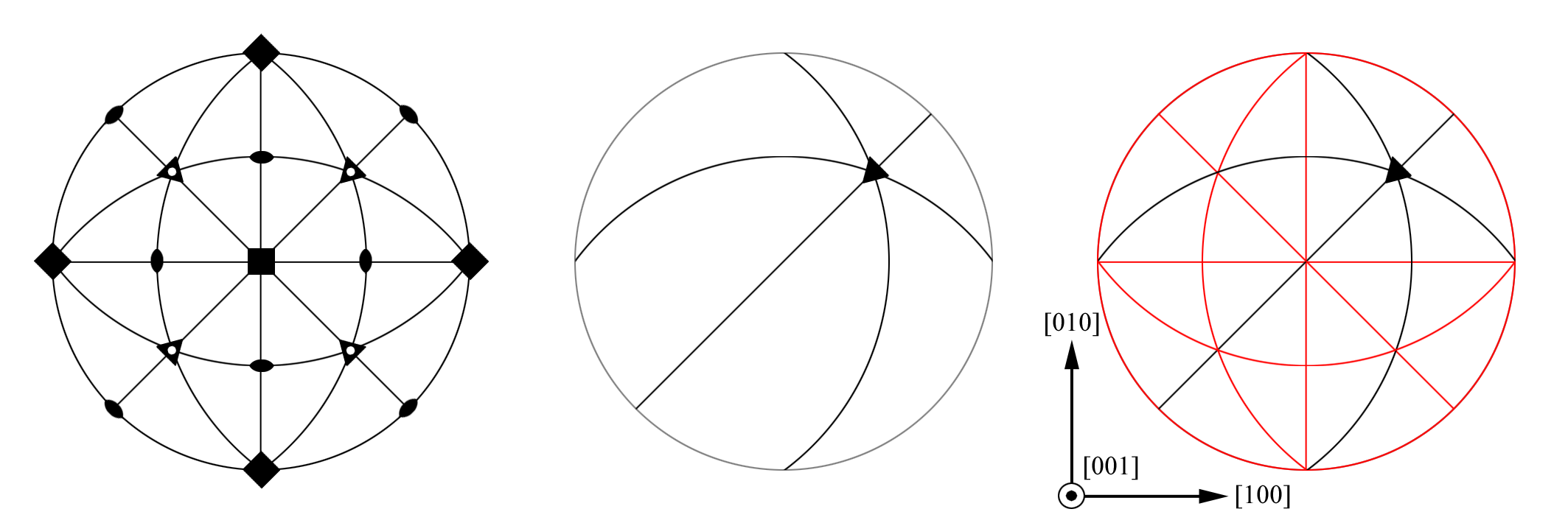
The high temperature phase has point symmetry m3m, with 48 elements, whereas the room temperature phase has point symmetry 3m, with 6 elements. There are 48/6 = 8 different ways this can happen, giving 8 different variants in the room temperature structure. The different variants are related by the lost, or 'broken' symmetry elements - for example the mirror planes shown in red. The different variants are known as domains, and are separated by domain walls.
The periodicity of the crystal also doubles, giving two translational variants related by the broken [100]cubic translation vector, giving 16 variants in total.
Here are some transmission electron microscope images of the domain structure.
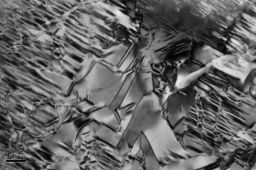
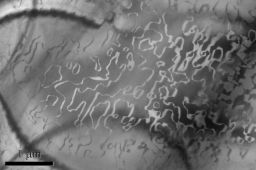
Some of these domain walls can move under applied stress and/or electric field, and are responsible for the piezoelectric properties of the material. Understanding which of the many types of domain wall are mobile and how they interact is crucial to develop this material for real applications.
News
Congratulations to Dawn and Alex who have both been awarded poster prizes at this years Microscience Microscopy Congress.
Steve Hindmarsh has succesfully created a FIB lift out cake (as seen below).
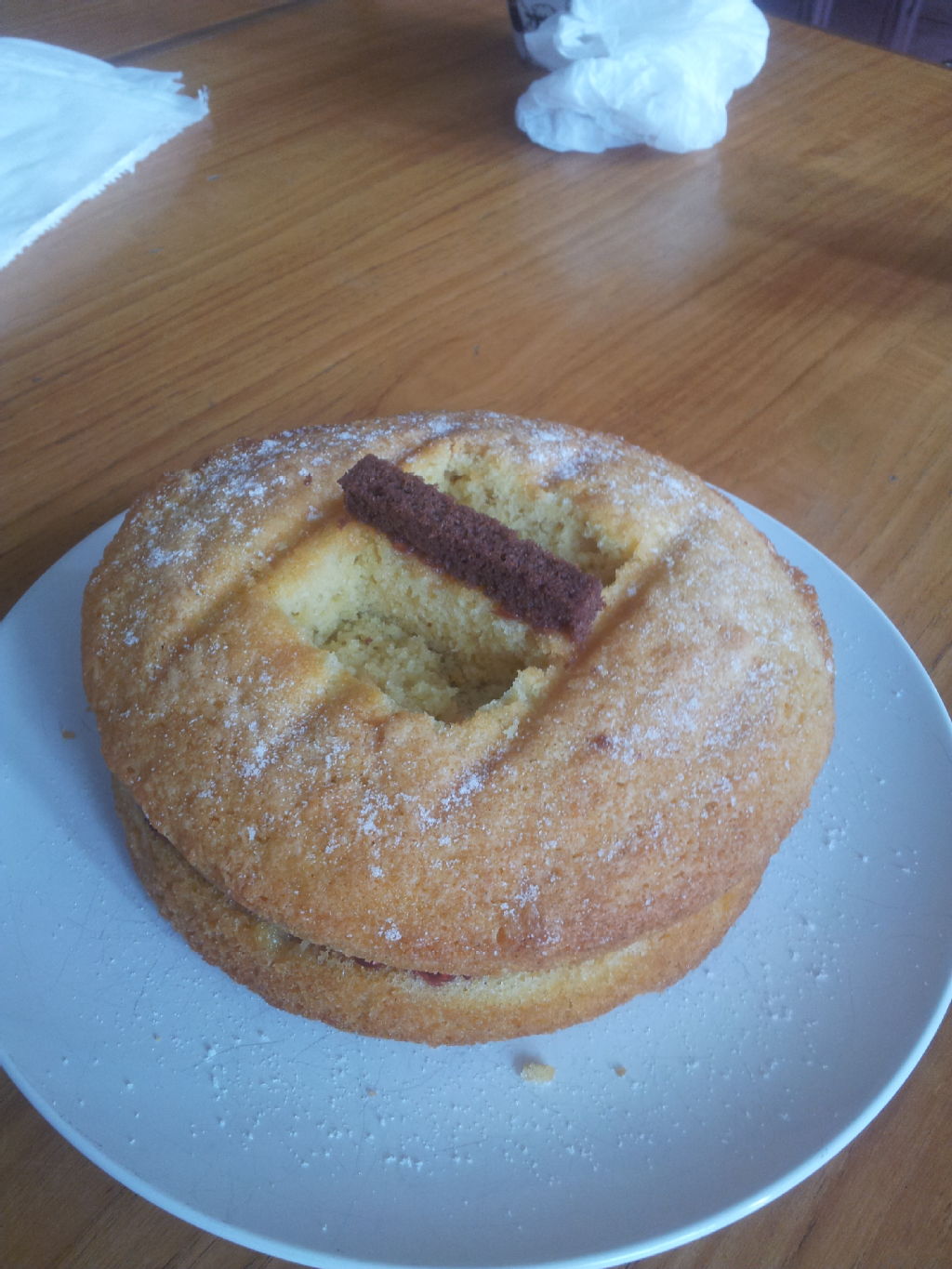
Latest Publications
"A Nanoscopic Approach to Studying Evolution in Graphene Wettability"
Marsden et al.
Carbon.
'Raman Spectroscopy of Optical Transitions and Vibrational Energies of 1 nm HgTe Extreme Nanowires within Single Walled Carbon Nanotubes'
Sloan et al.
ACS nano
'Lateral heterojunctions within monolayer MoSe2–WSe2 semiconductors'
Sanchez et al.
Nature Materials
'Characterization of Structural Disorder in γ-Ga2O3'
Kastiban et al.
Journal of Physical Chemistry C
"Design rules for dislocation filters"
Ward et al.
J. Appl. Phys.

